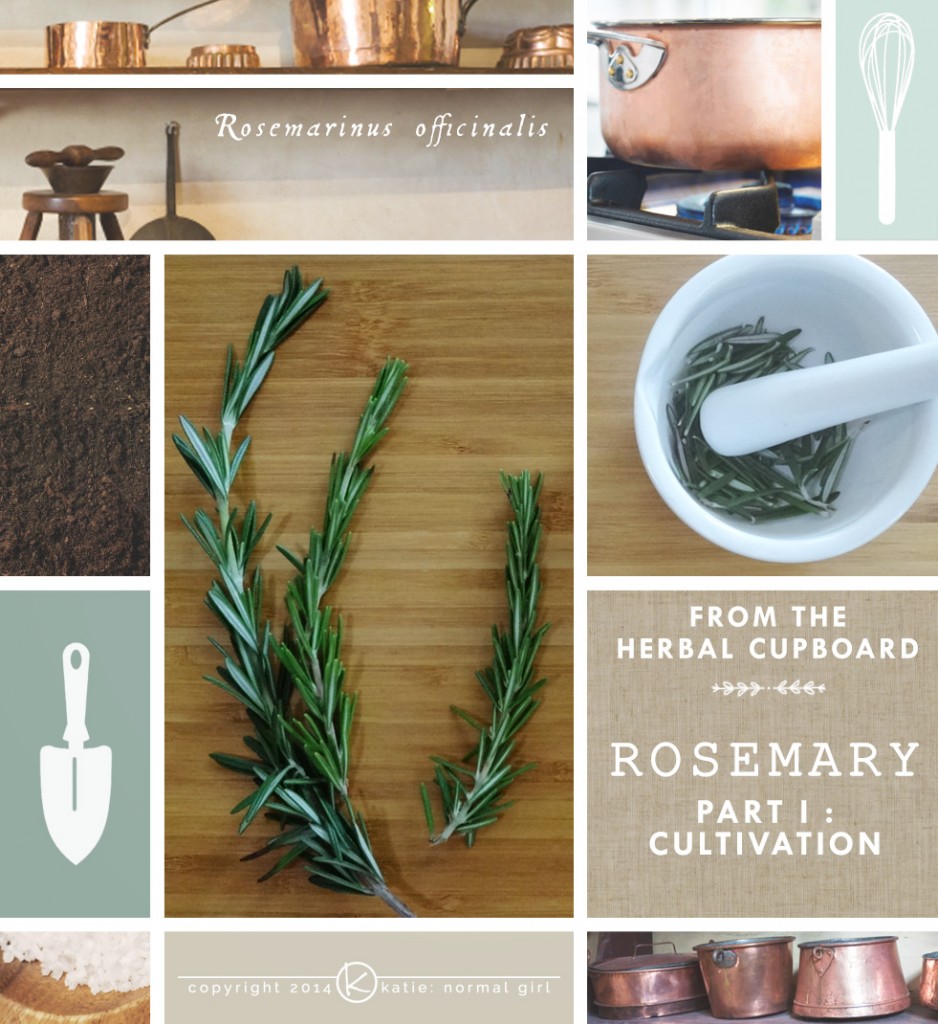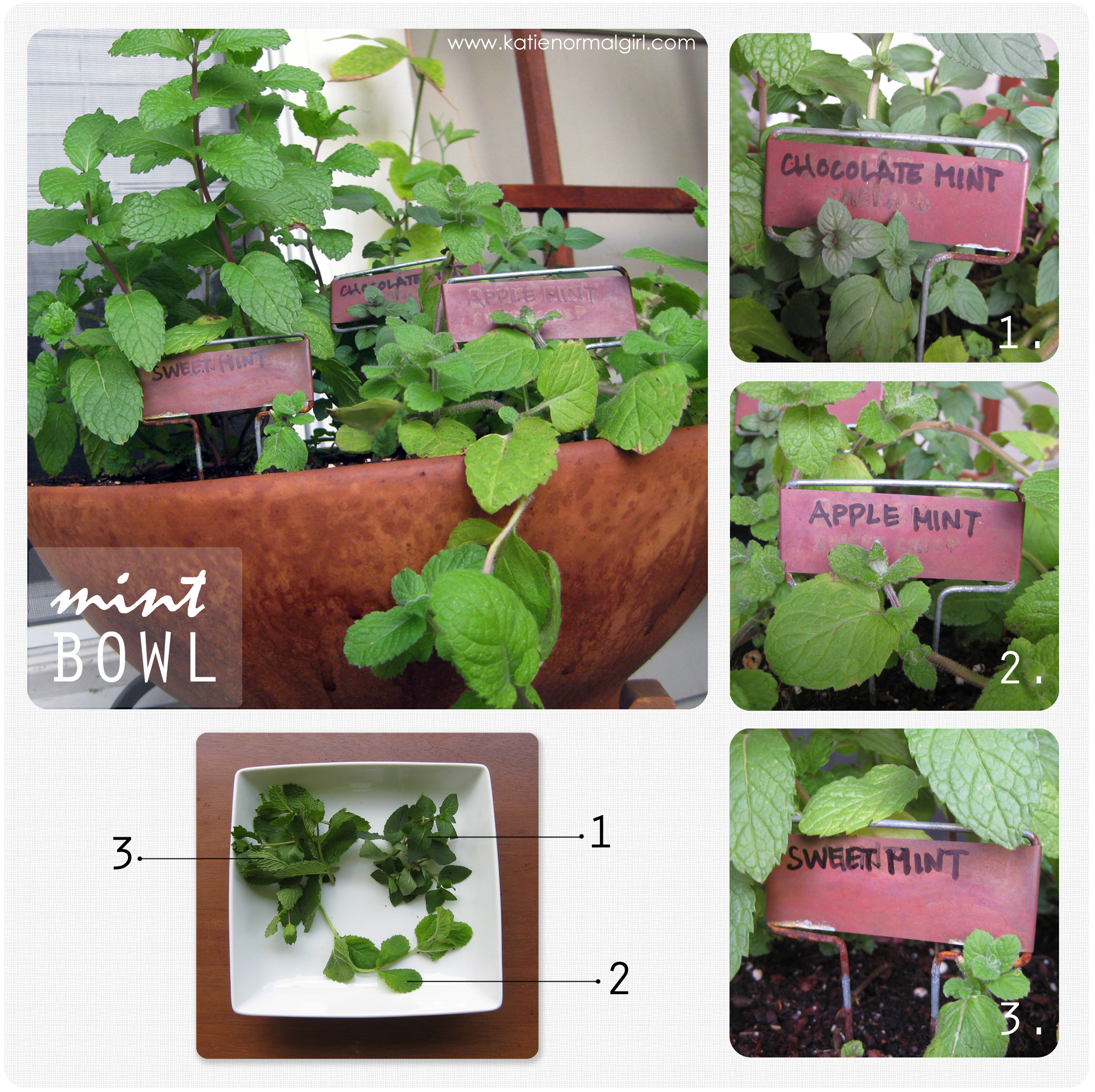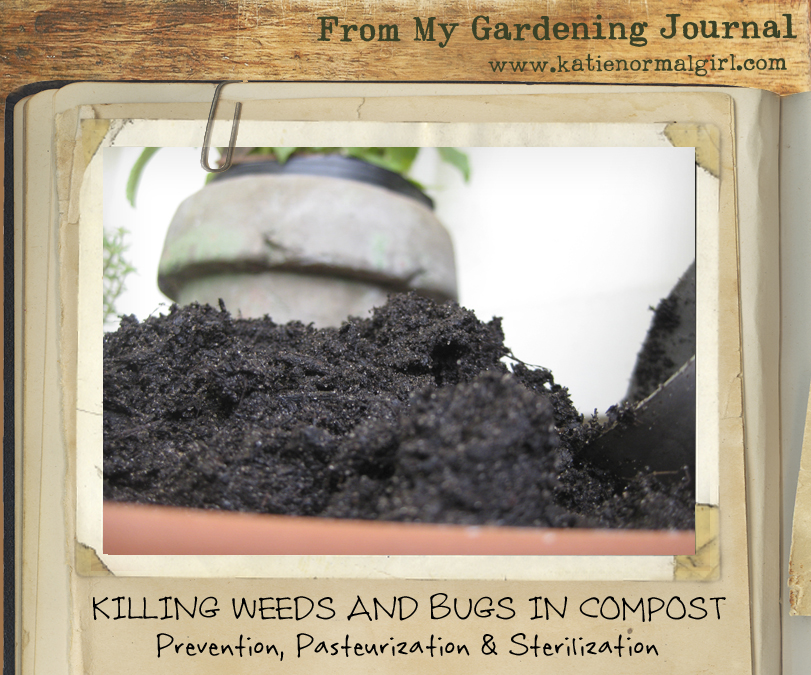HERB PROFILE OF THE MONTH
CULTIVATION | CULINARY | HERBALISM
Rosemary is one of those fabulous herbs that is pungently fragrant and has a multitude of uses. It’s also very pretty to look at with tiny, thin leaves on sturdy woody stems, which makes some varieties great for shaping into tiny topiaries. Other varieties tend to stay low and stretch along the ground, making them perfect ground covers.
PLANT | GROW | HARVEST
Rosemary likes full sun and a quick-draining soil – indoors or out, in a pot or in the ground, this is what it needs. In warmer climates Rosemary can be grown outdoors as an evergreen shrub. In cooler climates, you’ll need to take it inside when winter sets in and frost is immanent.
In dryer climates start with a soil-based compost and bark to ensure that the soil remains damp but not wet – rosemary hates wet feet. In a humid climate, start with a soil-based compost and add a bit of sand to encourage quick drainage.
When planting rosemary in a pot, an uncoated terra cot pot is best. This will allow water and moisture to drain from the bottom and through the container’s permeable sides.
Rosemary can easily be grown from cuttings. Start them in spring or summer to give them enough time to develop before the cooler weather arrives.
 To harvest rosemary, snip off the tender stems just above the woody growth and pull the leaves off of the stem for use either fresh or dried.
To harvest rosemary, snip off the tender stems just above the woody growth and pull the leaves off of the stem for use either fresh or dried.
Grab a PDF of this info along with more cultivation stats (including pH, additional varieties, companion planting, and more) from the Herb Library in the Download Gallery.
Part II: Culinary – coming June 11
Part III: Herbalism – coming June 18
Whatta think? Will you give growing rosemary a try?






